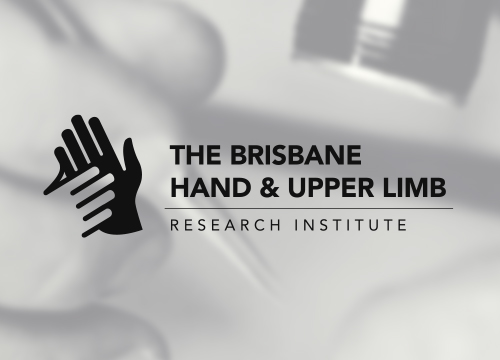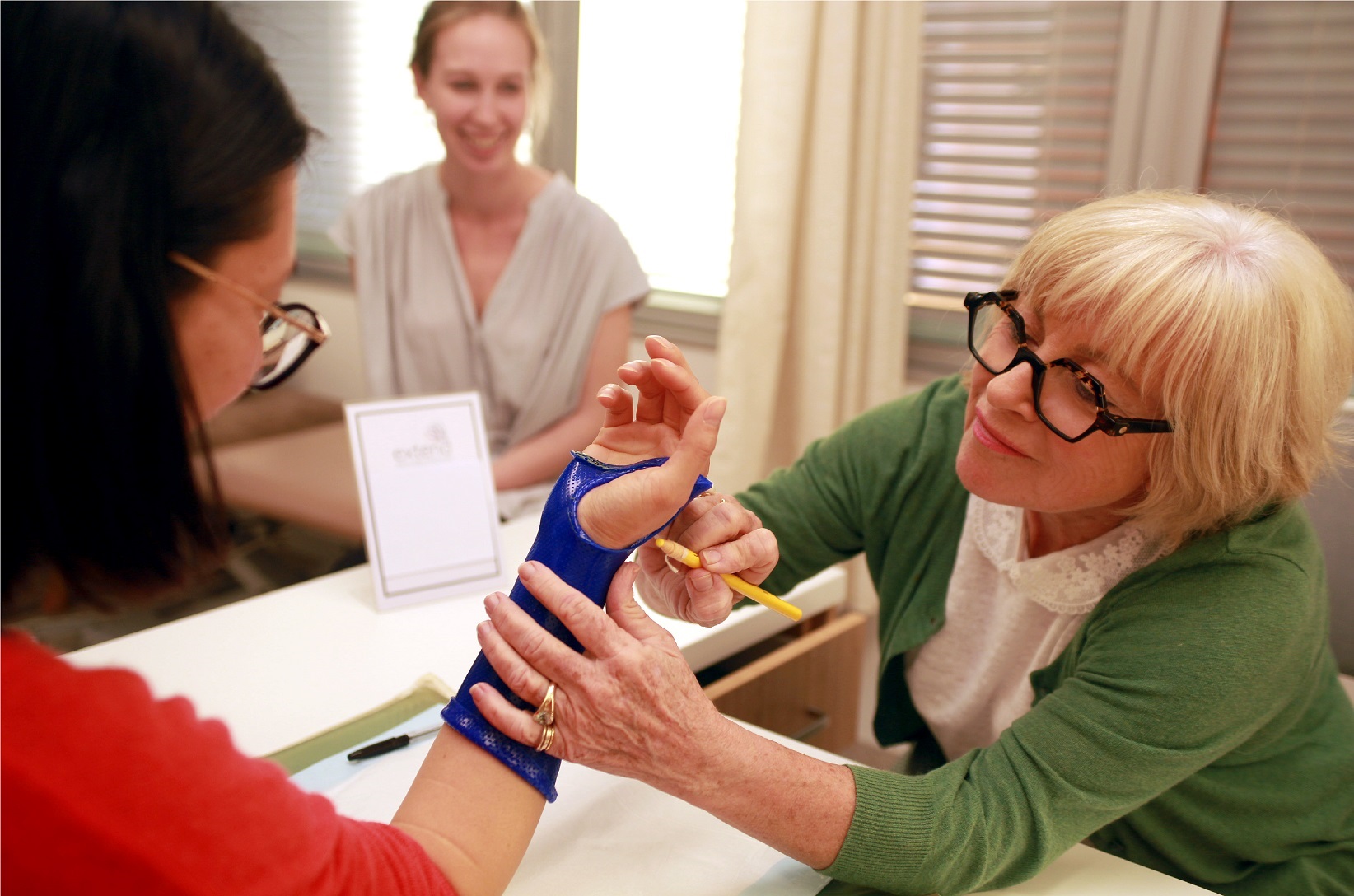Lex Allen, Bhavana Jha, Susan Peters, Gregory Couzens, Mark Ross
Scapholunate (SL) dissociation is the most common carpal instability pattern. It is usually a result of a disruption in the SL ligament complex with the SL ligament having been shown to be the key structure in maintaining stability. Following this injury the abnormal kinematics of the wrist result in increased loading across the wrist joint which can lead to early arthritis, chronic instability, pain and reduced functional abilities. Surgical repair or reconstruction of the SL ligament aim to reduce pain and instability, maintain motion and quality of life and prevent development of early arthritis. Chronic disruption of the SL ligament results in progressive instability leading to advanced arthritis in the radiocarpal and midcarpal joints through a characteristic progression pattern termed “Scapholunate Advanced Collapse” (SLAC wrist). The abnormal distribution of forces across the wrist joint occurs with this injury pattern because the scaphoid and lunate create a deformity where the scaphoid remains in a flexed position and the lunate is extended thus altering wrist kinematics and leading to instability and early arthritis found in patients with SLAC wrist pathology. Many surgical techniques have been reported in the literature for management of SL dissociation. Due to the common nature of this injury, and it’s potential impact on quality of life and ability to perform functional tasks at home and work it is important to investigate the effects of these interventions. The objective of this review is to evaluate the effectiveness of various surgical interventions for treating scapholunate dissociations in adults.




